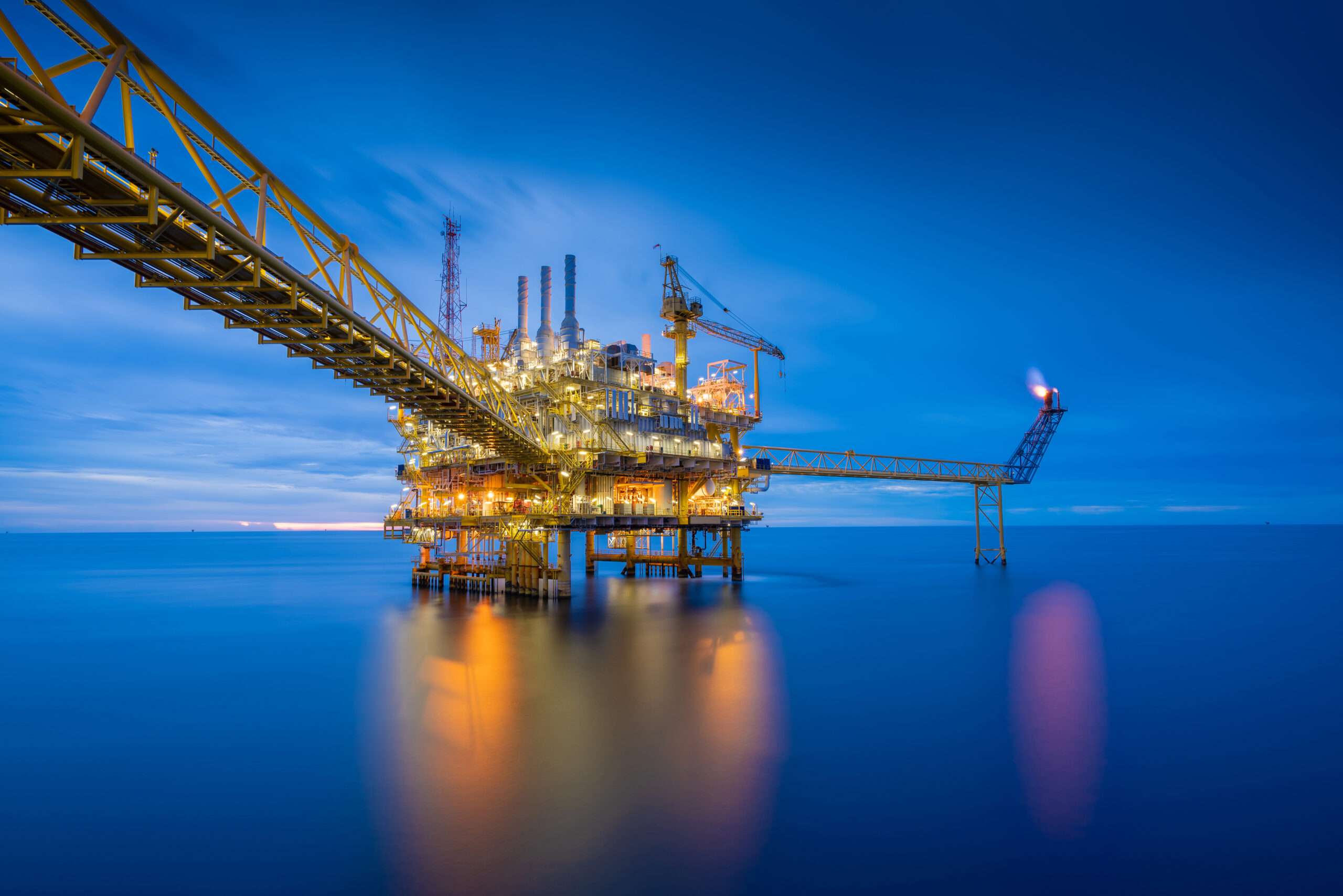Namibian oil production likely to be challenging – Wood Mackenzie
Namibia could produce 500 000 barrels of oil per day
With forthcoming appraisals and well-flow tests poised to meet expectations, there are tantalising prospects on the horizon for Namibia.
Consulting firm Wood Mackenzie says developing oil and gas resources in the Orange Basin is likely to be challenging owing to the ultra-deepwater locations of Namibia’s newly discovered oil wells.The finding is contained in a report on the country, which also projects that Namibia can secure as much as US$4 billion in investment to extract its oil and gas resources.
“At a water depth greater than 2 000 metres and a reservoir depth of 6 000 metres, exploiting these fields will push the boundaries of industry capabilities. Issues at the extreme depth include water currents, low temperatures and temperature gradients,” the report said.
Placing and maintaining subsea equipment, maintaining pressure in umbilicals, and flow assurance will all be big challenges, it was noted. “As a result, innovative solutions and high-specification equipment will be needed, adding to development costs,” the report said.
Analysis
While there was still uncertainty about how the fields may be developed, modelling by Wood Mackenzie showed that Namibia may be able to produce oil and gas resources at between US$40 and US$60 per barrel.
“There is still much uncertainty around how fields could be developed in terms of design concept, timing, phases, production levels, and how gas is handled or monetised. However, our modelling suggests that at US$60 per barrel, project economics should be quite robust. In our base case analysis, net present value (NPV) remains positive at prices as low as US$40 per barrel,” the report said.
“If the forthcoming appraisal and well-flow tests meet expectations, we believe oil production in Namibia could surpass 500 000 barrels per day within a decade and continue to grow after that,” it added.
Core region
According to Wood Mackenzie, given the likely size of the opportunity, the scale of upstream investment will be unprecedented for the country, reaching US$4 billion per year in the first half of the next decade.
“Monetisation of gas will be more complicated. The ultra-deepwater location, seabed topography, offshore conditions, gas quality and limited local market and infrastructure mean reinjection may be preferable initially to benefit from higher oil returns,” the report said.
Namibia is viewed as an attractive destination for oil majors, Wood Mackenzie said.
“Overall, we see Namibia as an emerging core region for the majors, with expected NPV for projects giving them the potential to become crown jewel assets for several big operators,” the report stated.



